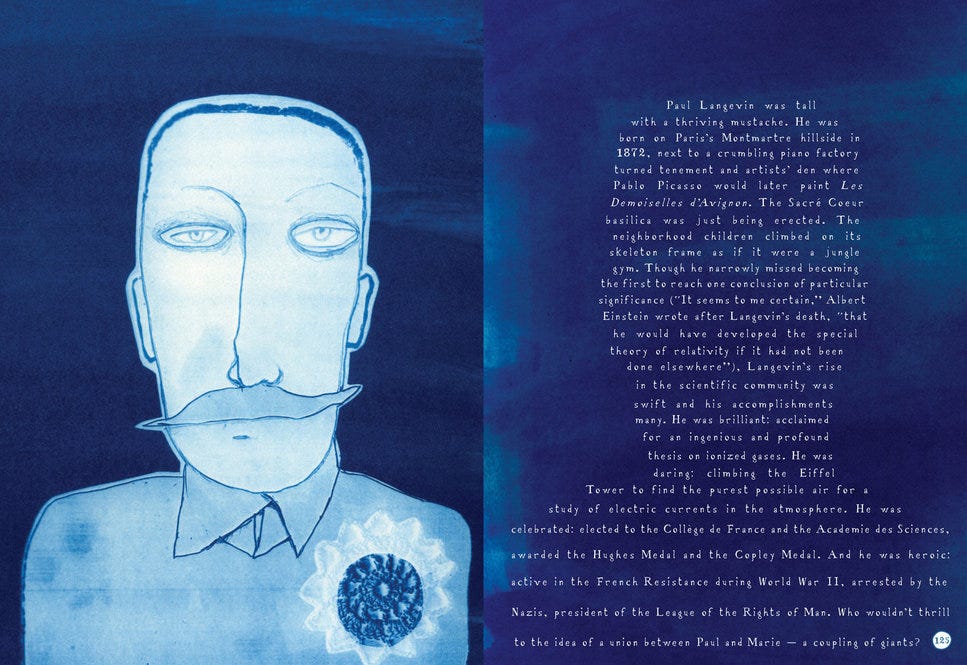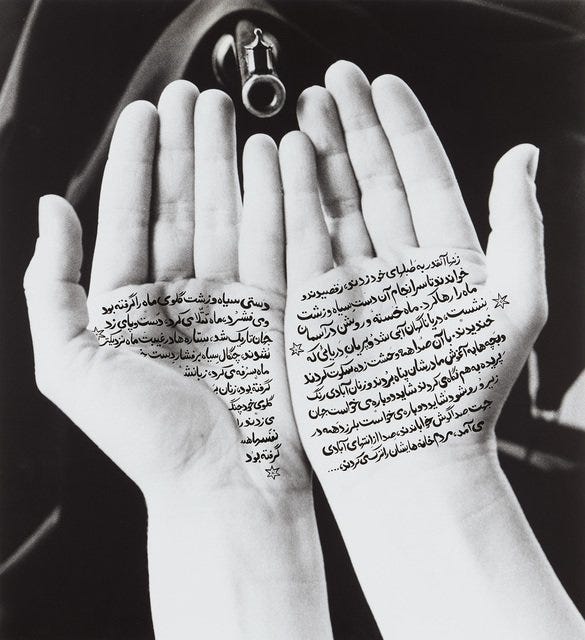Week 4 of The Drawing Habit: Drawn Journaling
"Pay Attention, Be Astonished, Draw About it." (With apologies to Mary Oliver.)
Hello my wonderful GUT friends.
Can you believe it’s Week 4 of the GUT’s 30-day drawing habit? If my math is correct, we are on day 22 of 30. Or somewhere around there. Wherever you are is just right. I hope you feel good and proud.
I’m resisting doing any Big Reflecting this week - let’s save that for our wrap-up. But I do want to pause and appreciate the astounding, unexpected work that came out of our last assignment: Drawn Collage. This assignment worked creative and emotional muscles for a lot of us. Some folks who were hesitant to start this new medium discovered they love it. Some of you were just happy to get it over with (I get it!) Others of you said it was your favorite exercise yet. We are all so different. Kind of takes the pressure off, huh?
In the mid-week check in I shared a little more about why I suggest limiting our 30-Day Drawing Habit drawings to 10 minutes. There are other benefits, too. Jari shared this:
“Sticking to ten minutes is so liberating for me. No time to second guess. I love the feeling of things popping into my head suddenly and just doing it. Someone said earlier that this was much like improv comedy. I agree. Excellent way to build new neuro pathways! Kicking self crit out of the way!”
Anything that kicks the inner critic to the curb is cool. Of course if you want to keep going longer than 10, you can. No rules in art. You do you.
What’s important is that we Do it, and we do it together. As of the moment I’m writing this, there are 1,430 notes from GUT members in the Week 3 chat. Members sharing daily drawings, cheering each other on. Drawing every. darn. day.
You’re doing it.
Gah, I said I wasn’t going to reflect. I’ll stop. For now, let’s draw.
New week, new slideshow, new assignment, new drawings to make.
Let’s do this.
Week 4. The Drawn Journal
This week, we are going to do what Mary instructs above. And we are going to use drawing and text.
Before I give you the assignment, let me first give you some inspiration. The following are a handful of artists I admire who incorporate text and drawing to tell a visual story.
Let’s start with the GUT’s first visiting artist, Maira Kalman (we bow). She’s a huge inspiration for me and so many of us, in both life and art. This is the opening spread in her book Principles of Uncertainty.
The visual stories in Principles of Uncertainty originally ran as a monthly series in the NYT magazine 17 years ago. Maira uses gouache painting and hand-lettered text to weave memoir, non-fiction, and her own love and curiosity together into a story that only Maira can make.

In Maira’s work, the text and image are often directly related - more typical of illustration. And while Maira’s form is similar to artist Raymond Pettibon’s work, wow are they different in content. His text and image rarely directly relate. He leaves that up to the viewer to create the connection.
Raymond incorporates handwritten text into his drawing and paintings, almost always made on paper. The text is politically or socially charged or in response to literature or criticism. The text isn’t necessarily directly connected with the image, but as we learned last week, put two different things together and you get a new third meaning. 1+1=3. He leaves that meaning up to you.
Another artist and writer who uses image and text to tell a story is Lauren Redness, who creates mostly book-length non-fiction stories. She gives a lot of thought to her layout, and it always informs a larger idea or feeling. The following are images from her phenomenal book “Radioactive.” (A million stars.)
The book was created using cyanotype, a printing process related to the subject of the book (the development of x-rays and radioactivity.)
Finally, Shirin Neshat is an Iranian artist who combines photography and Farsi calligraphy to comment on feminism, religion and violence. After working with collage for a week, I thought we’d all appreciate these powerful, simple images. While it’s multimedia work, her script is hand-lettered, and that’s something you might to incorporate, too. Multimedia, I mean. No rules.
Also, I’d argue writing by hand is a form of drawing. We’ve all agreed certain combinations of lines and shapes (AKA drawings) mean certain things. That's all text is. When we draw a tree or handwrite the word “Tree” we are using hands and tools the same way. Consider your text a visual element. When you hand-letter, you draw.
Wait, one more. Cause it’s funny. David Shrigley.
I love his work. He makes me laugh. He uses the most minimal amount of drawing necessary to tell a story. And that is something we can always do, too! Want to draw an extraordinary even? Draw a star explosion! A conclusion? Draw a period. Super simple. And when you combine that with your hadwritten text, you end up with a third thing, and it’s surprising, and sometimes hilarious.
What do you want to steal from these artists above?
Ask yourself which of these are you drawn to and why? What don't you like and why? If YOU were going to combine text and an image, are there any aspects of them that you could play with? That’s how we grow and change, by copying elements of other things we see and trying them for ourselves. So don’t be afraid to steal and experiment. And with that…












